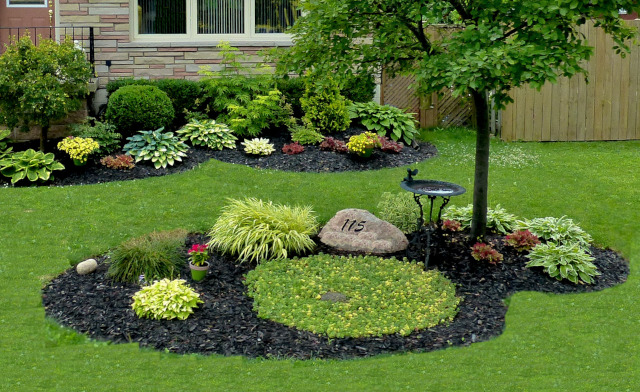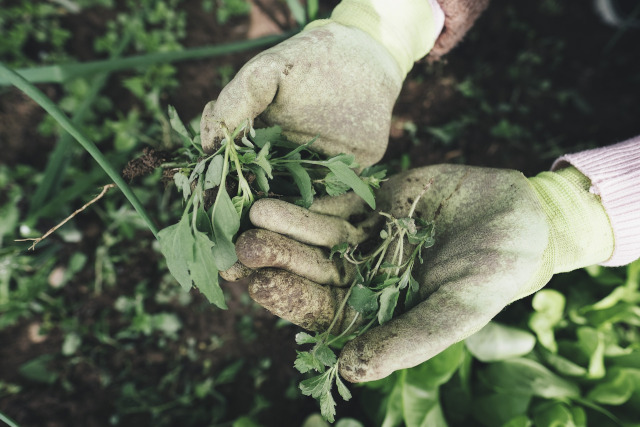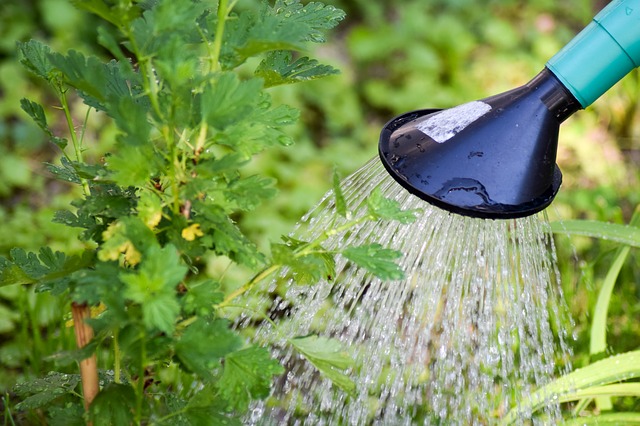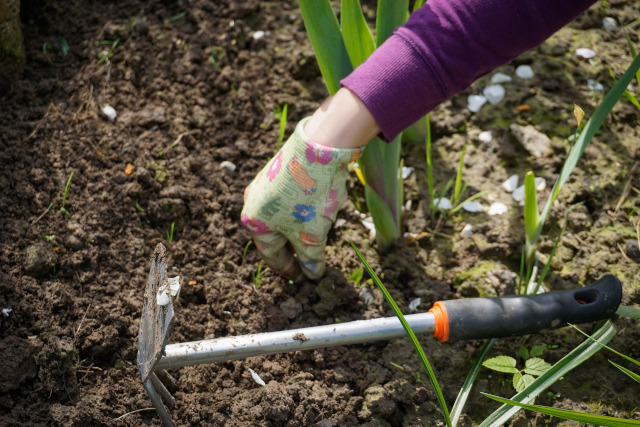Weeding Your Gardens: Weed Prevention Tips
A gorgeous garden is a source of pride, and it should be. It takes a lot of planning, preparation and hard work to nurture plants so that they can fulfill their purpose. Whether it’s to bring beauty to your space or food to your table, you want these plants to be healthy and full. That’s why it can be so frustrating when weeds, weeds and more weeds seem to pop up overnight. Not only do these unwanted plants ruin the aesthetic of your beds, but they can also choke out the plants you actually want to keep, as well as use up the resources, like water and the nutrients in the soil. That’s why it’s important to deal with weeds by weeding your gardens early and often. This way, you prevent them from running – or rather, growing – amok.
Mulch to Avoid Weeding Your Gardens

Prevention is obviously a key component in weed control. If you can keep weeds from getting a root-hold in the first place, they won’t overwhelm your horticultural efforts.Once you have your beds planted, spread a generous layer of mulch; about 2 inches (don’t overdo it, because that can prevent your soil from being able to breathe). Not only will this help your soil to retain moisture, but it will also cut down on the weeds’ ability to grow. This way, you can spend less time weeding your gardens and more time enjoying them!
Crowd Out Those Weeds!
Another way to prevent weeds is to choke them out with the plants you do want. When you’re adding to your garden, group your plants close together. (Be sure to keep in mind things like how they spread and how large they’ll grow.) If you use BigYellowBag Black Garden Soil, this will help your plants grow healthy and strong. That’s because the soil is packed with the essential nutrients and organic matter plants need to grow healthy and strong. Also, its light and fluffy properties make it a great growing medium for whatever you’ve got planted: flowers, vegetables, shrubs, and more! BigYellowBag Black Garden Soil is made up of a mix of black loam, peat loam, compost, and manure. Comprised of sand, silt, and clay, loam ensures there is a perfect balance of drainage and moisture retention.

Do Not Water the Weeds
Be mindful when you’re watering. Don’t give a drink to everything in your garden; focus your efforts on the plants you actually want. However, it is next to impossible to control where rain falls. Even though it may help water those unwanted pests, it can also be beneficial. In fact, the best time for weeding your gardens is right after a rainfall, when the soil is damp.

Prevent Spreading Weed Seeds
When you do get weeds in your garden, pull early and often. Ideally, you should remove the roots as well as the tops, but if you can’t, at least chop off their heads to help prevent the spread of seeds. Be sure to have a handy place to put the pulled weeds while you work, like a tarp or bucket. You don’t want to reintroduce the weeds’ seeds back into your soil after you’ve taken them out.

Keep up with Weeding Your Gardens!
Like they say, an ounce of prevention is worth a pound of cure, and that’s very true in the garden. Weeding your gardens can feel like a big job, but with the right practices in prevention, you don’t have to stress. These great tips will help keep the weeds under control and allow you more time to enjoy the space you’ve worked so hard on!
